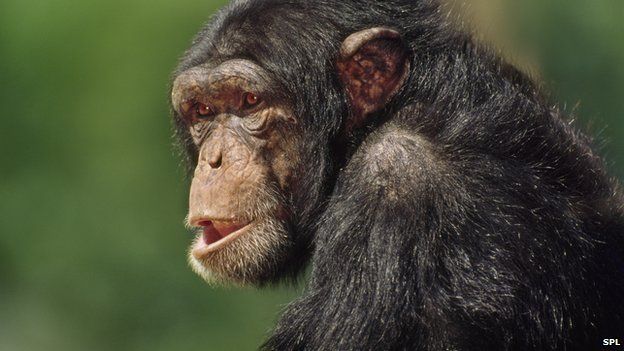Do you know who named the HIV virus?
Well, let’s turn the Wayback Machine back to 1984 when HIV virus had just been identified. HIV was a mystery, transmissible disease that caused complete immune system collapse and was spreading worldwide, and researchers all over the world were racing to uncover the cause of the virus.
Two groups, one headed by Luc Montagnier at the Pasteur Institute in France and one headed by Robert Gallo in the US, announced they’d isolated what’s now called HIV. Montagnie‘s team announced it first, but had isolated it from a single patient, and their results were only tentative; Gallo’s researchers isolated the same virus from 48 people with immune system collapse.
They fought rather heatedly over who should get credit for discovering it. Part of what what on the line was the right to name the virus. The French team (edit: the US team!)proposed the name HTLV-III, for Human T-cell Lymphotrophic Virus type III. Gallo’s team (edit: the French team!) proposed the name LAV, for Lymphocyte Activated Virus.
For a while, the virus was called HTLV-III/LAV. The name HIV, for Human Immunodeficiency Virus, was a compromise. The French team ultimately won the Nobel Prize for isolating the virus.
By the way, where did HIV come from? One theory states that HIV infection in humans came from a type of chimpanzee in Central Africa. The chimpanzee version of the virus (called simian immunodeficiency virus, or SIV) was probably passed to humans when humans hunted these chimpanzees for meat and came in contact with their infected blood.
Acquired Immune Deficiency Syndrome (AIDS) was first recognized as a new disease in 1981 when increasing numbers of young homosexual men succumbed to unusual opportunistic infections and rare malignancies. It was later identified.

